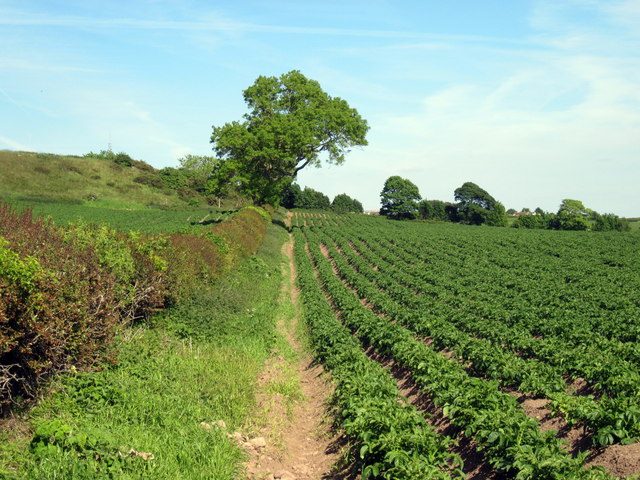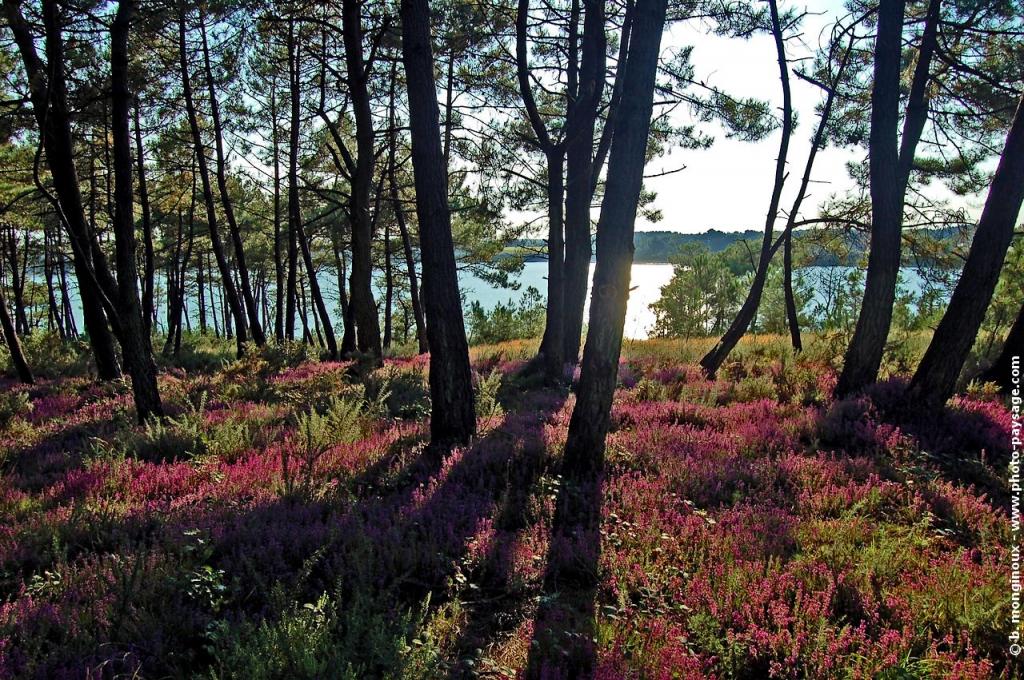Environmental NGOs were harsh in their immediate criticism of the legislative proposals on the new CAP. Greepeace said that the EU farming plan “could spell disaster for the environment”. BirdLife Europe said that “The European Commission’s claim that the new proposal will deliver a higher environmental and climate ambition has fallen flat”, arguing that the new plan “does not guarantee any spending on biodiversity and grotesquely slashes funds ring-fenced for the environment across the board”.
Birdlife Europe has produced a detailed assessment of the Commission’s proposals in a handy tabular form, pointing out both weaknesses in the proposals themselves as well as omissions where the proposals could be strengtened (a summary of this assessment has appeared on this blog).… Read the rest








